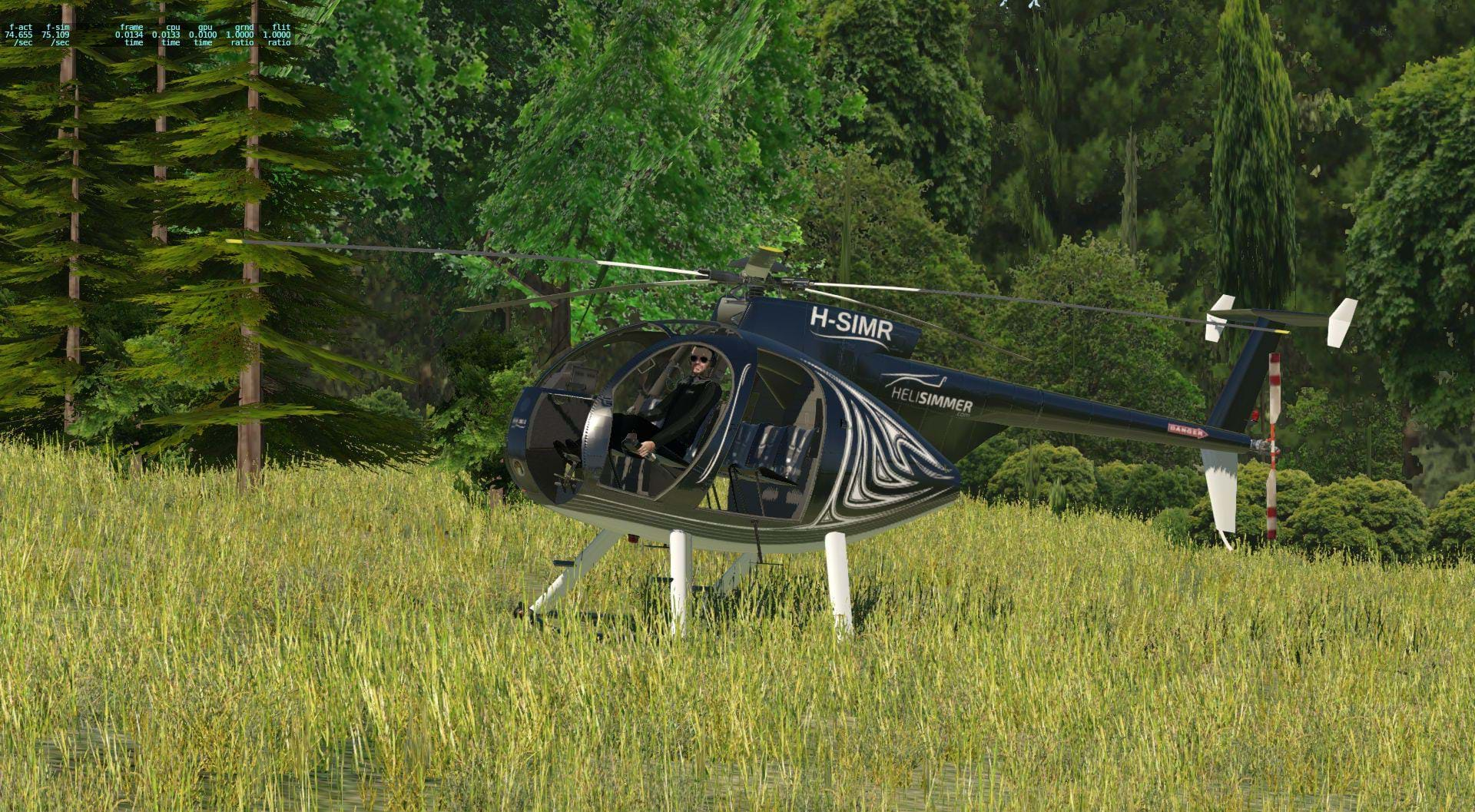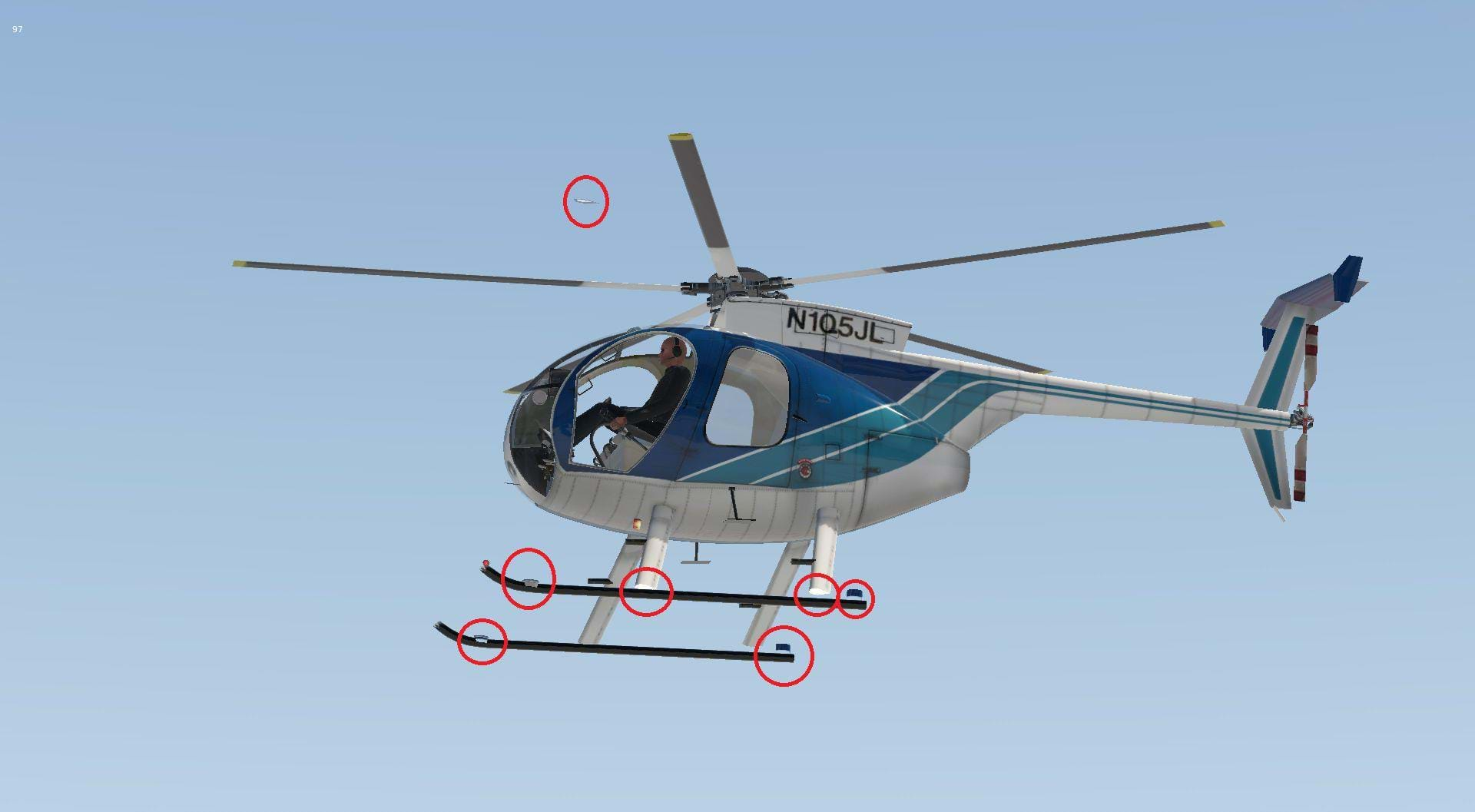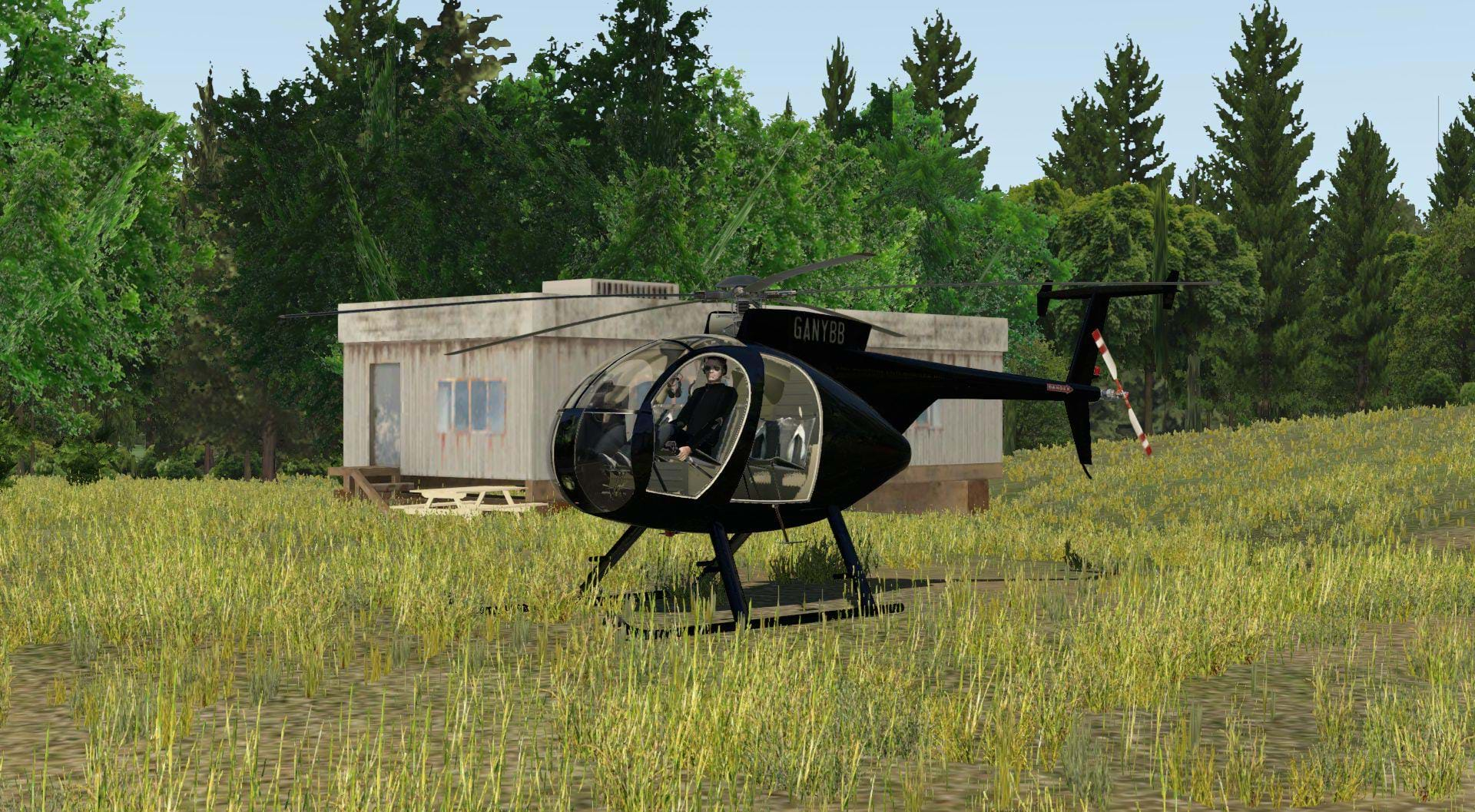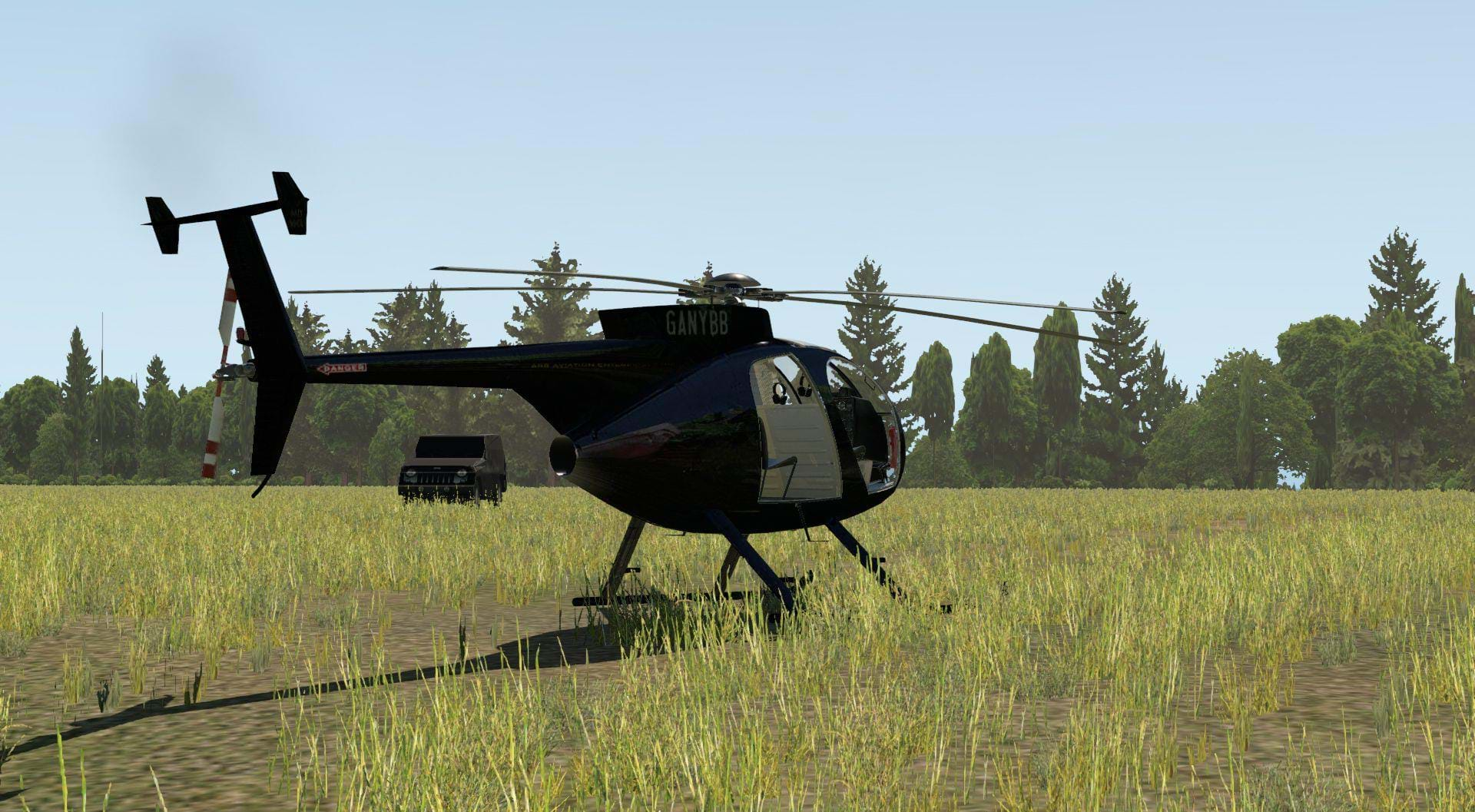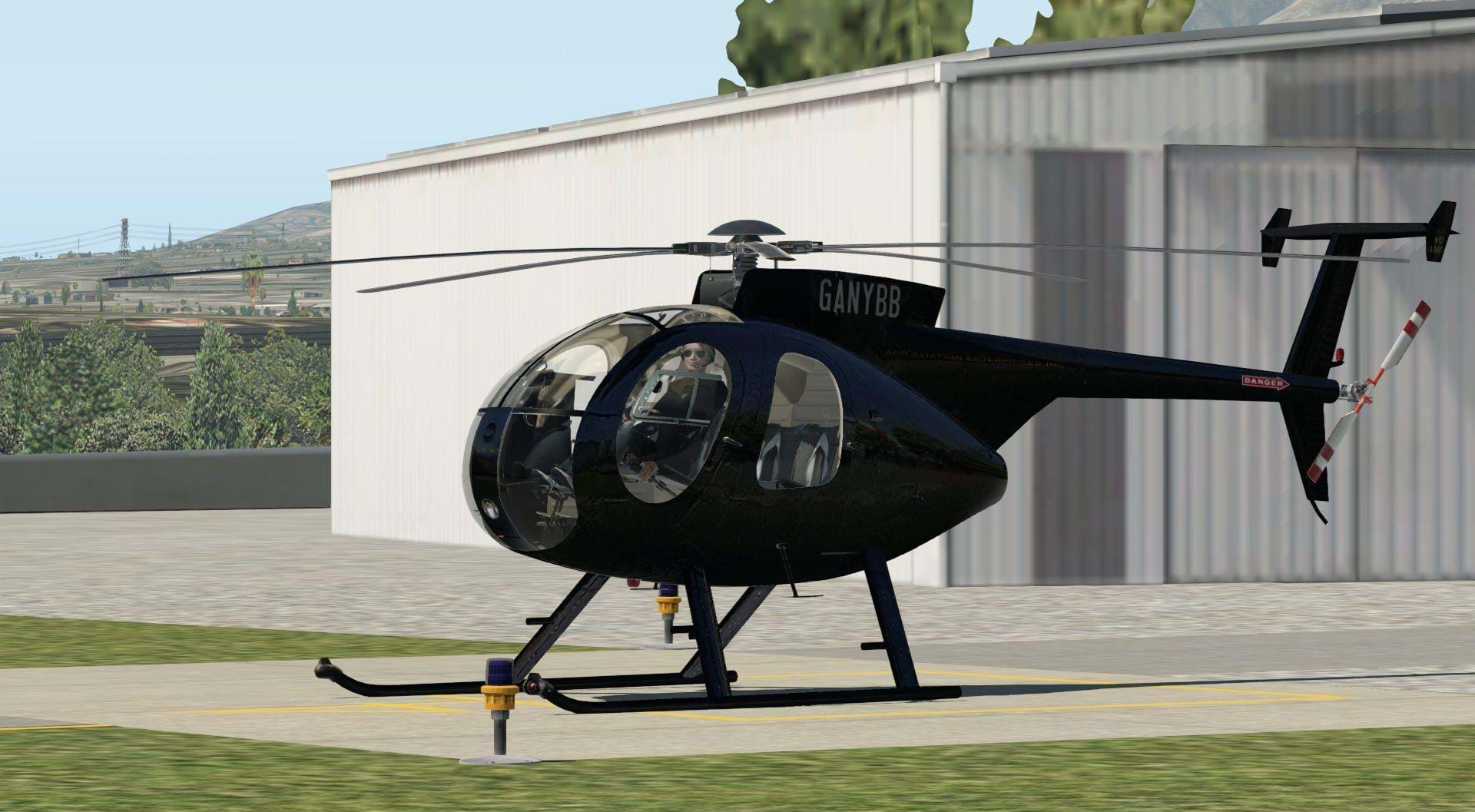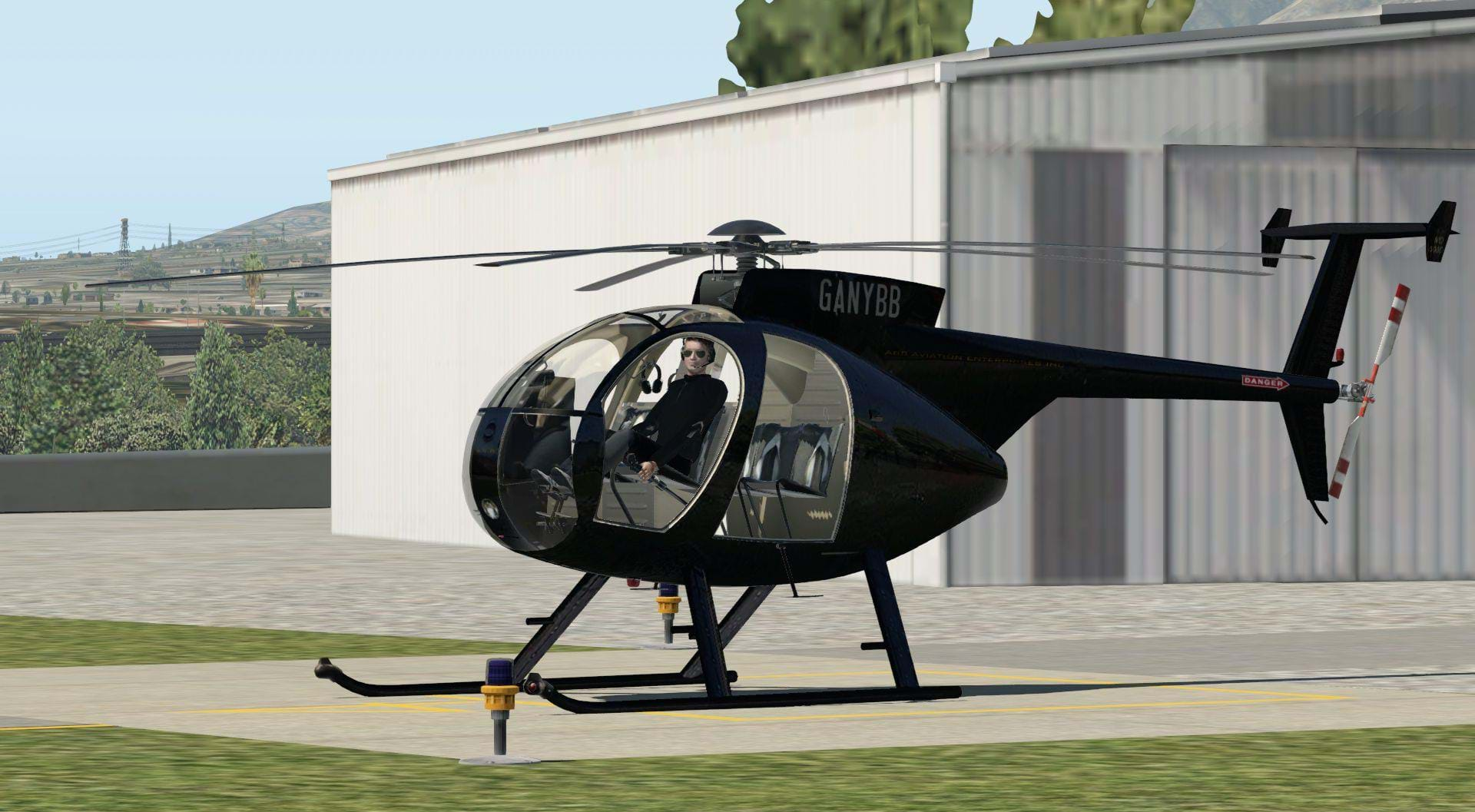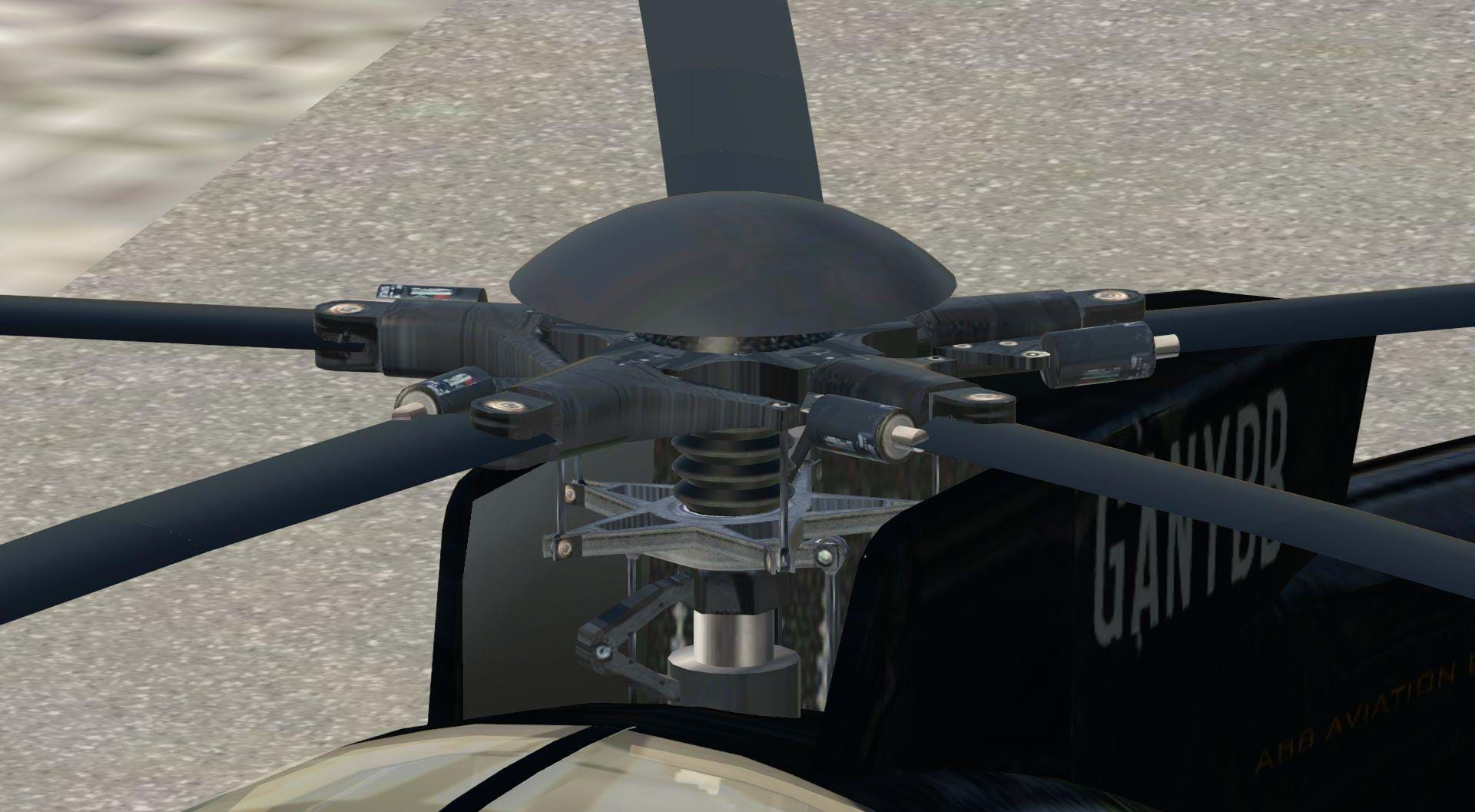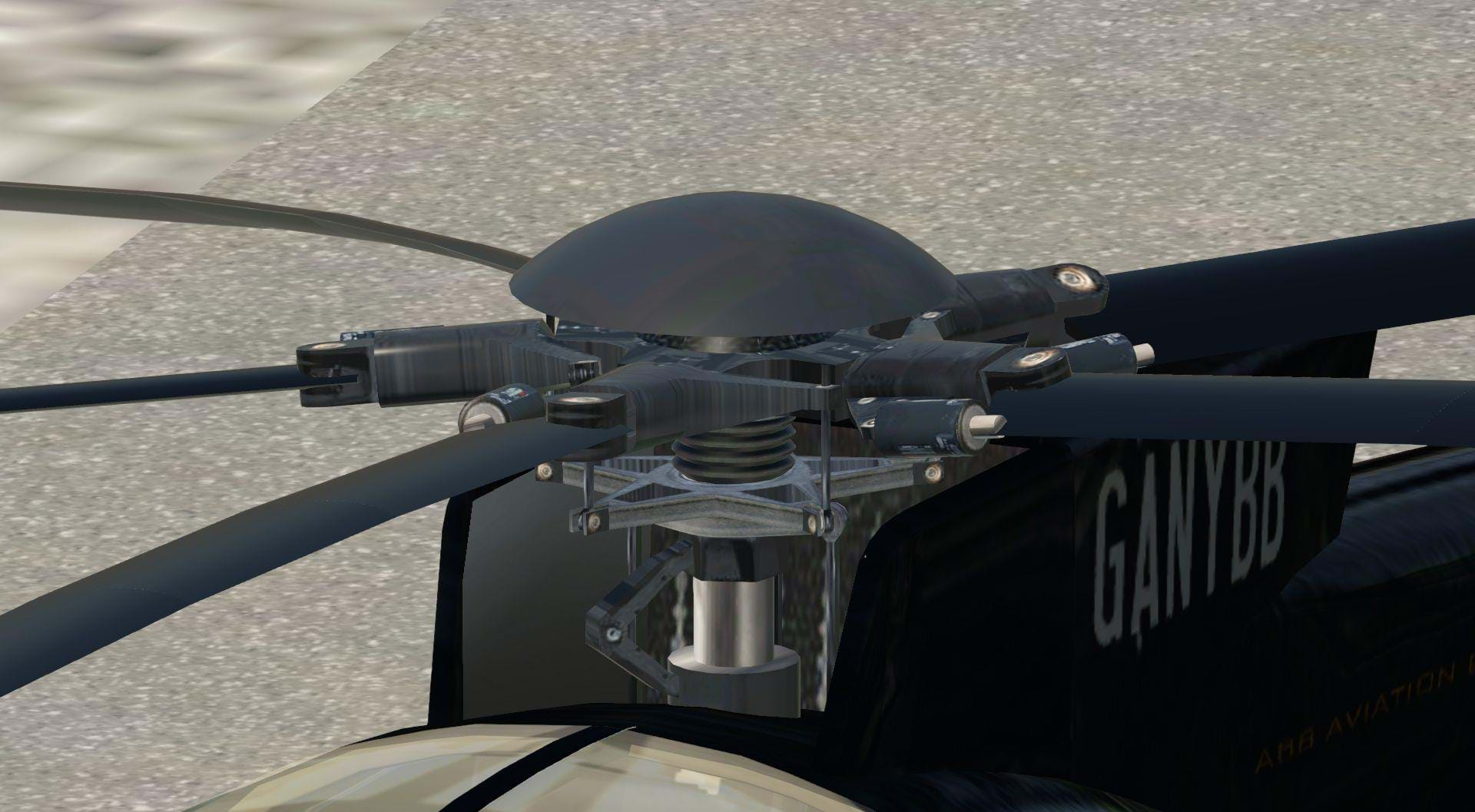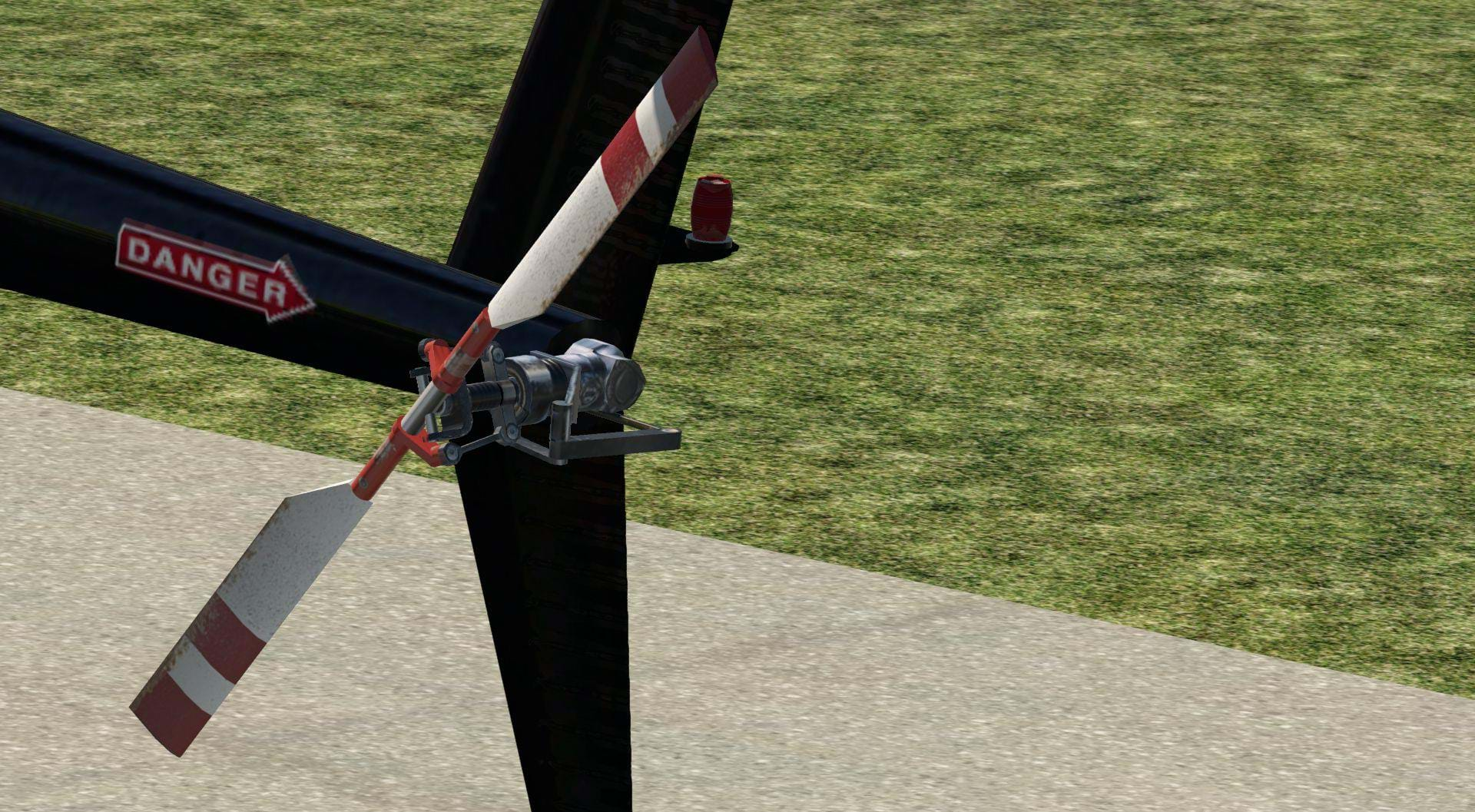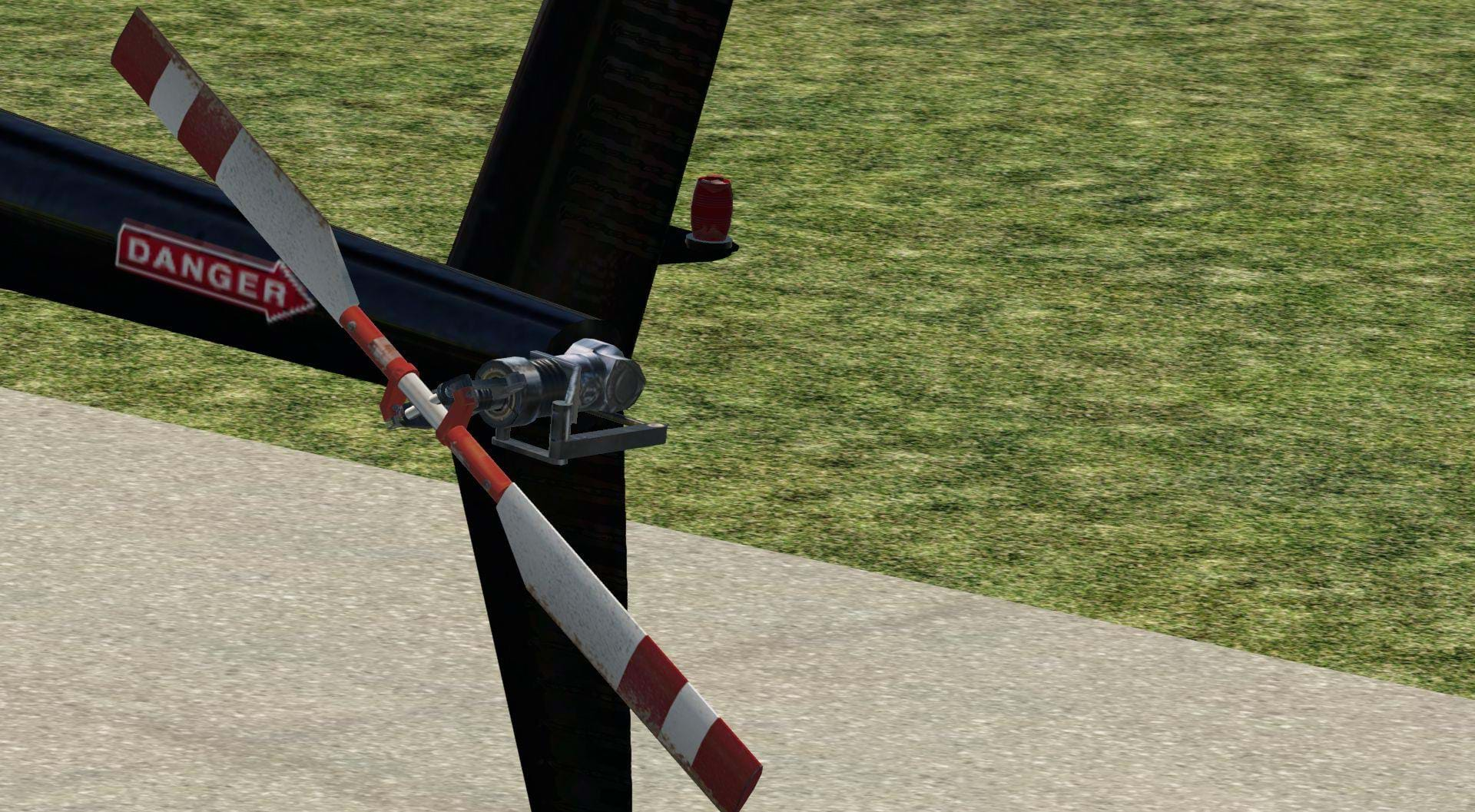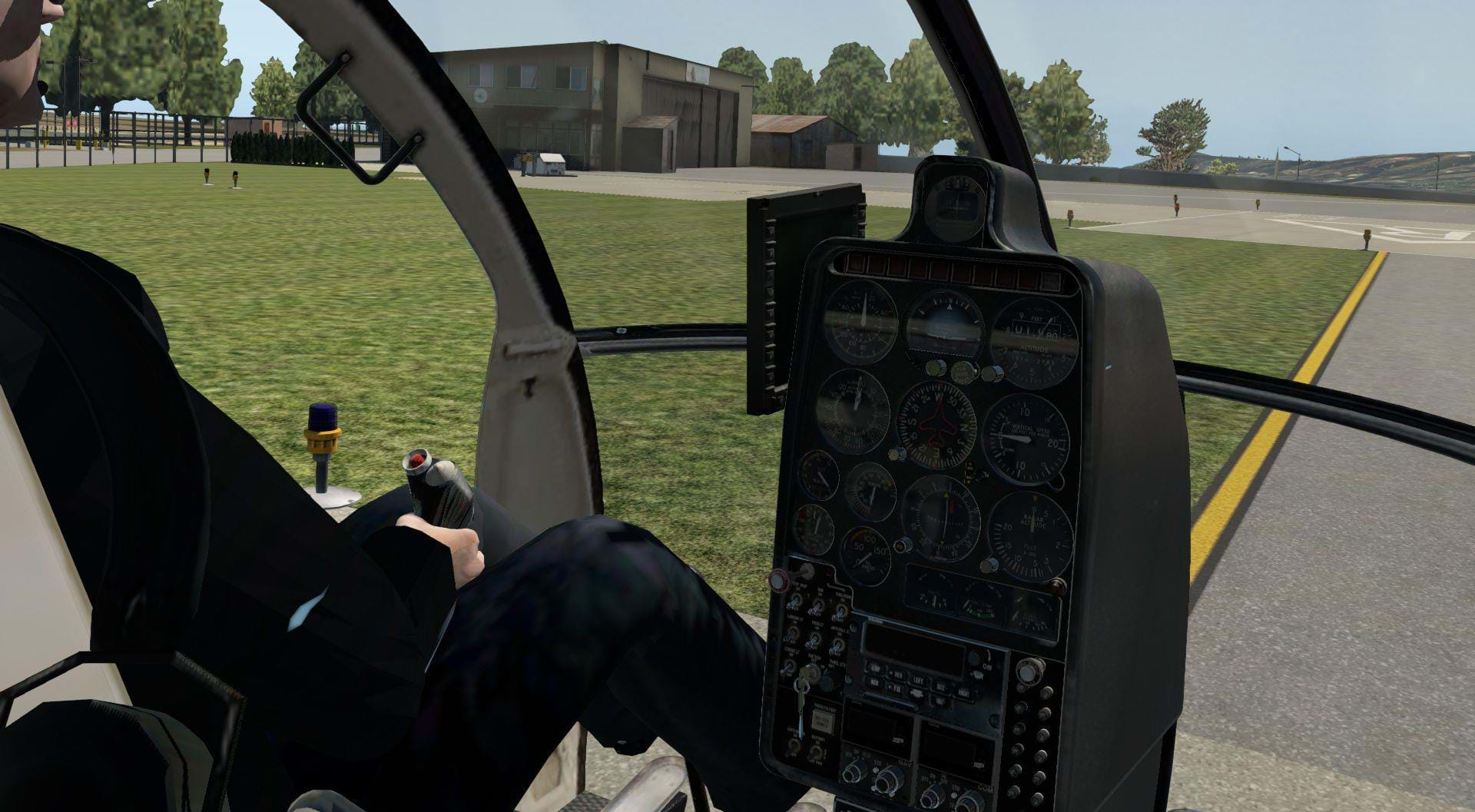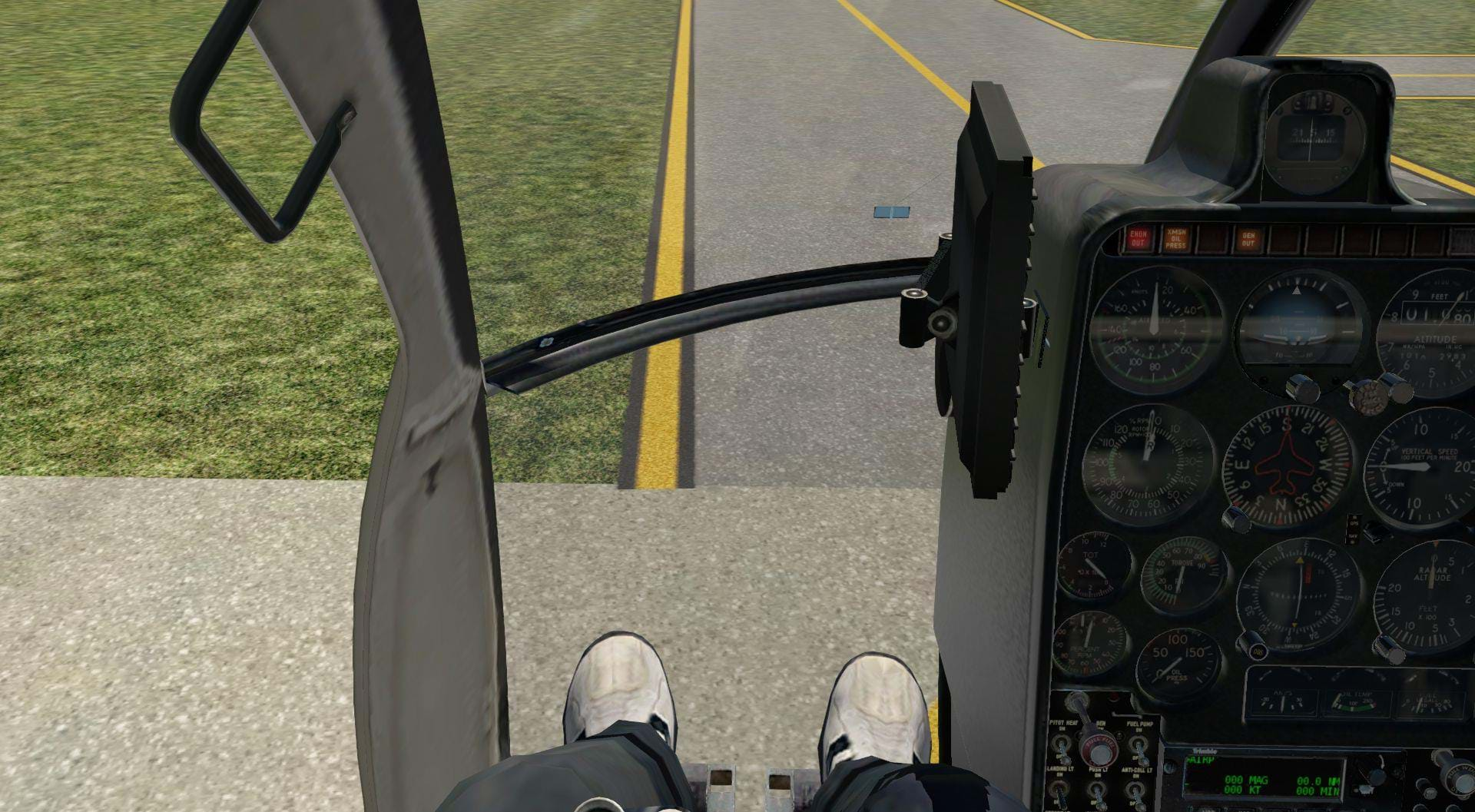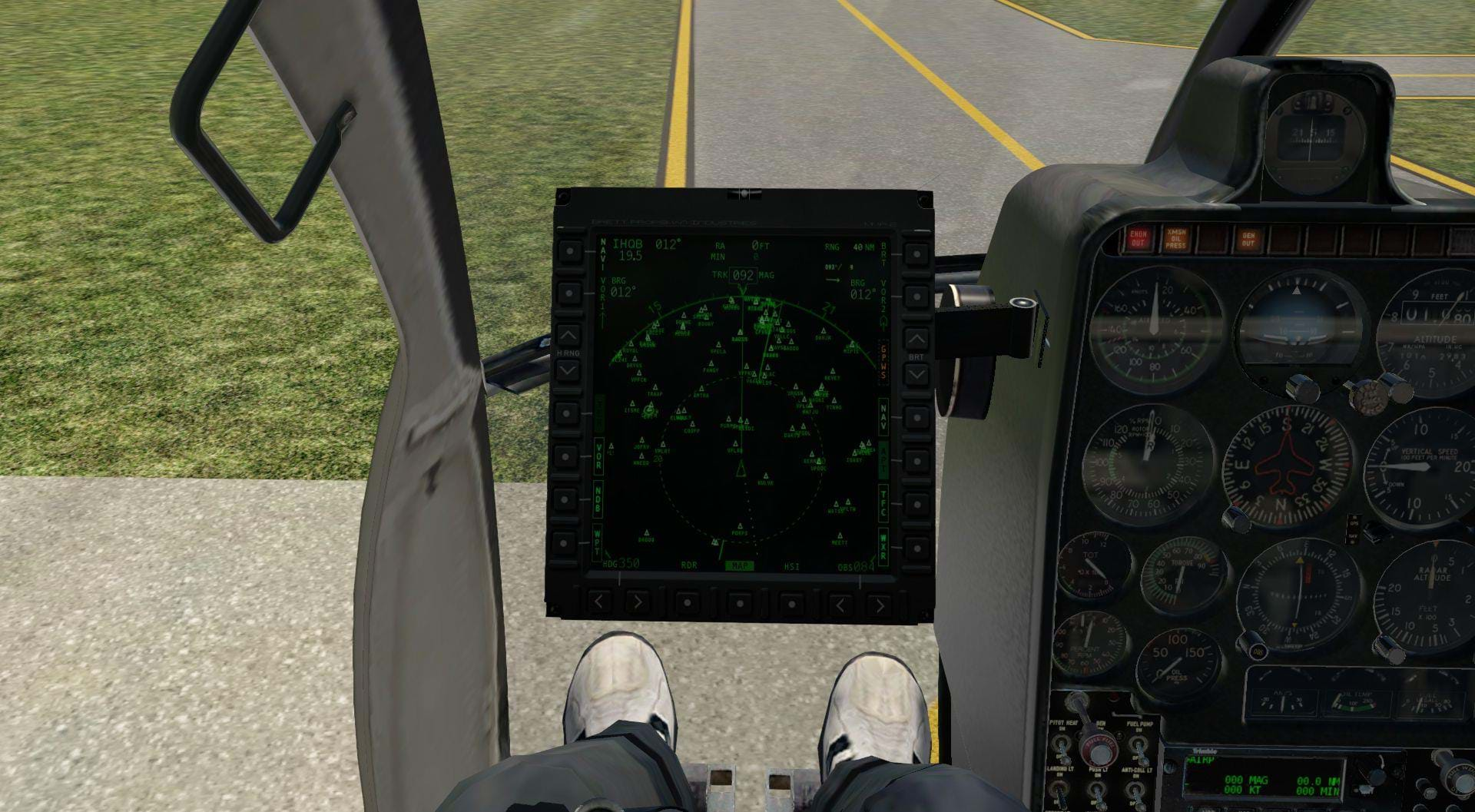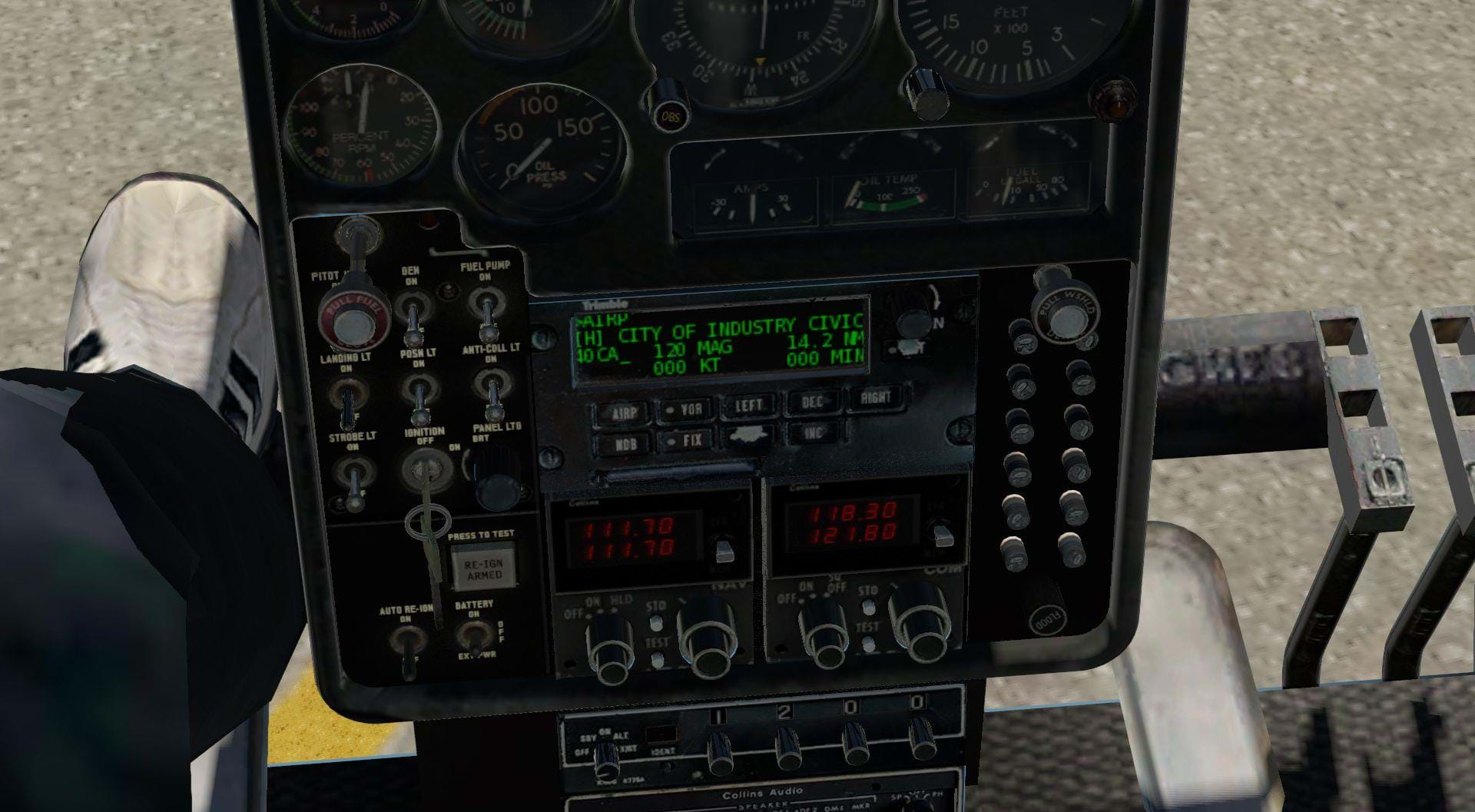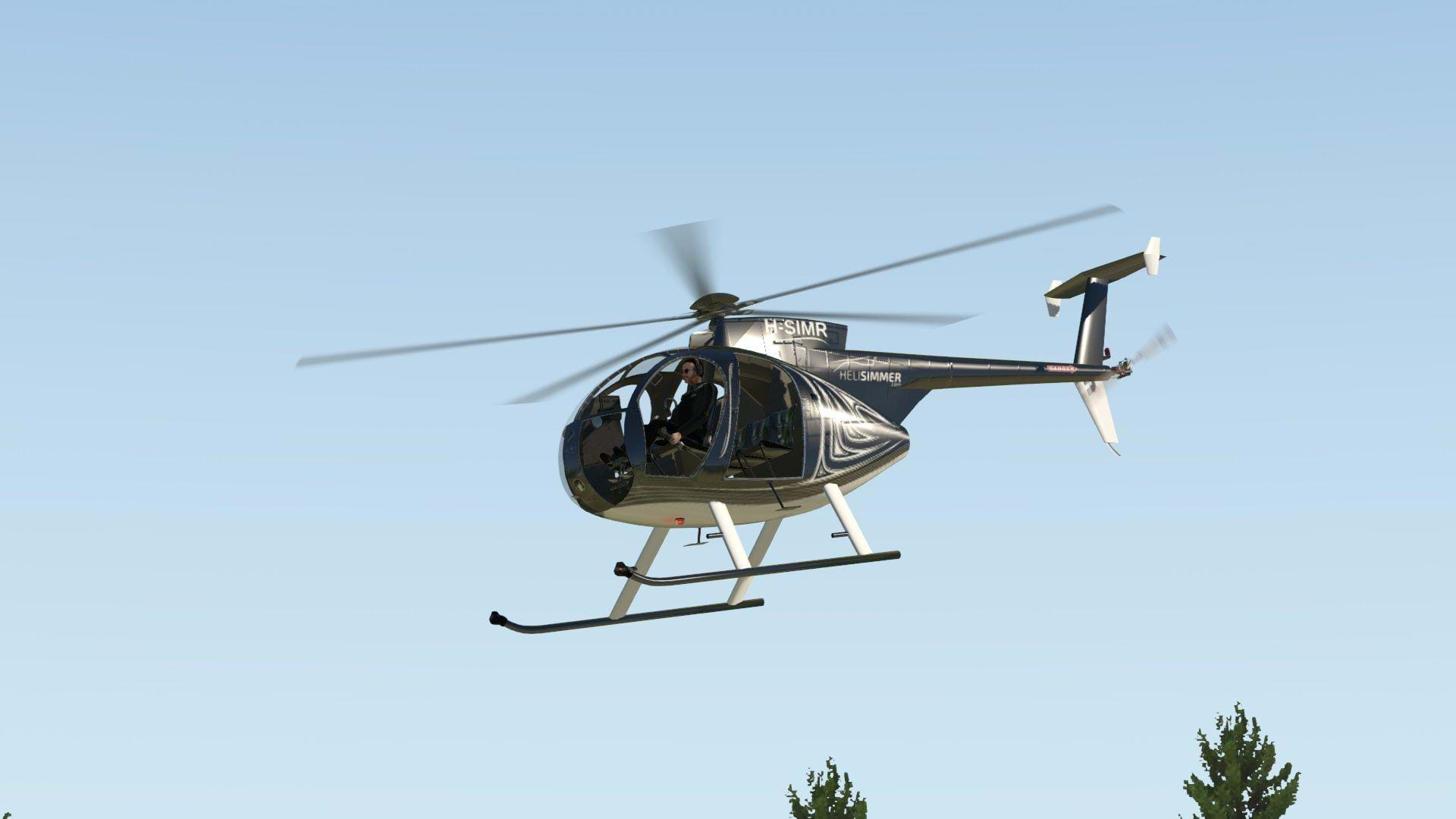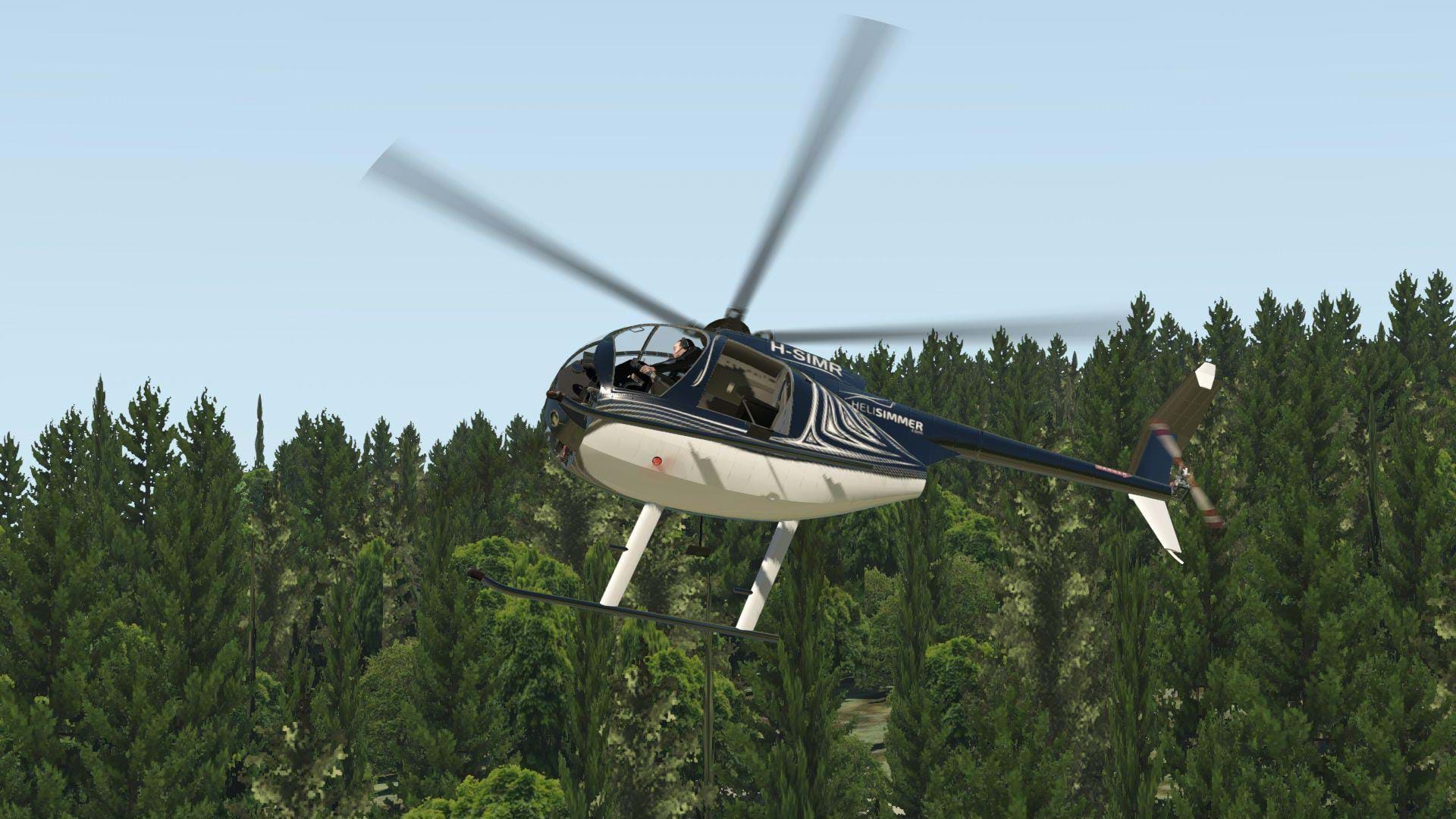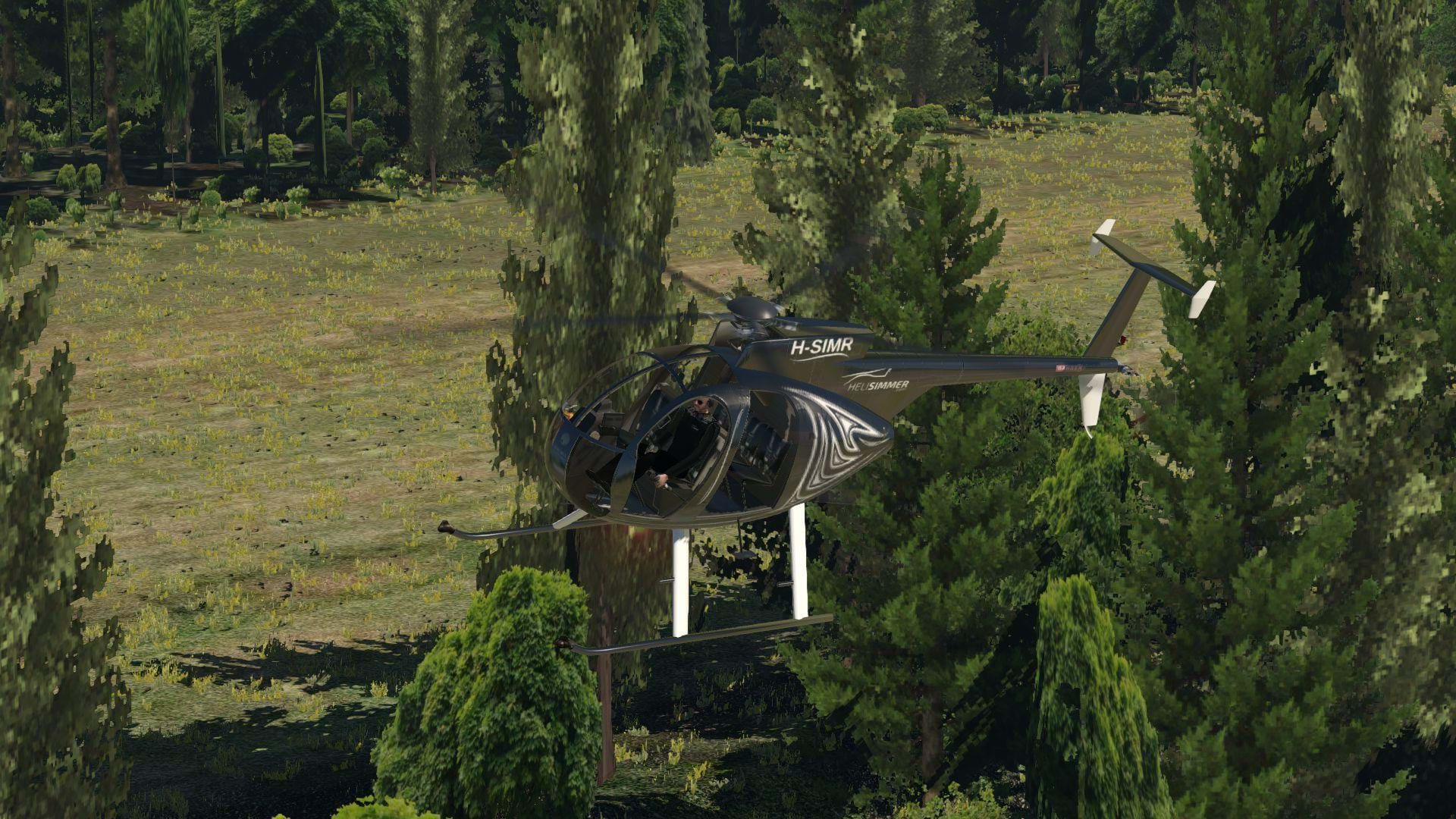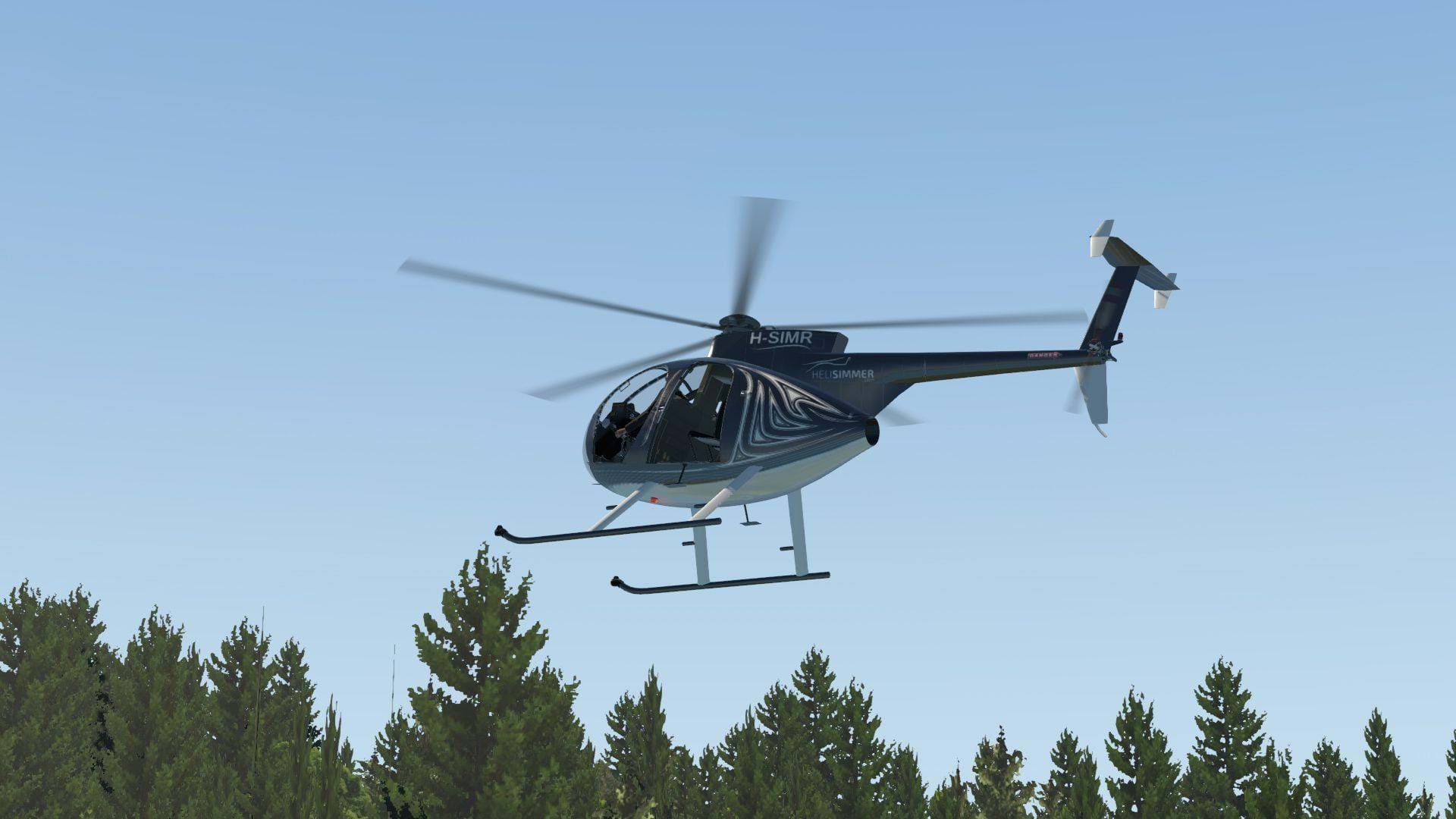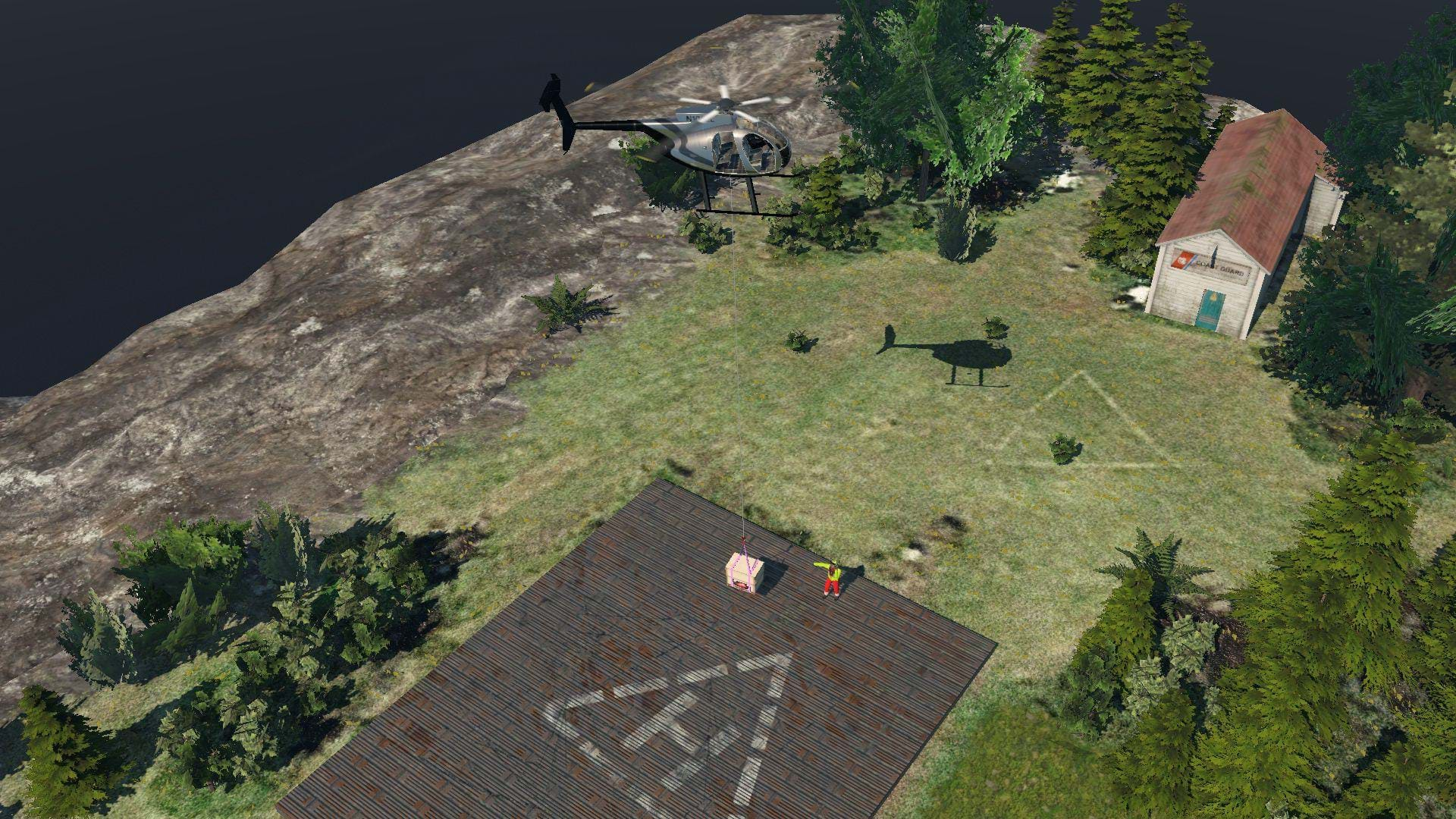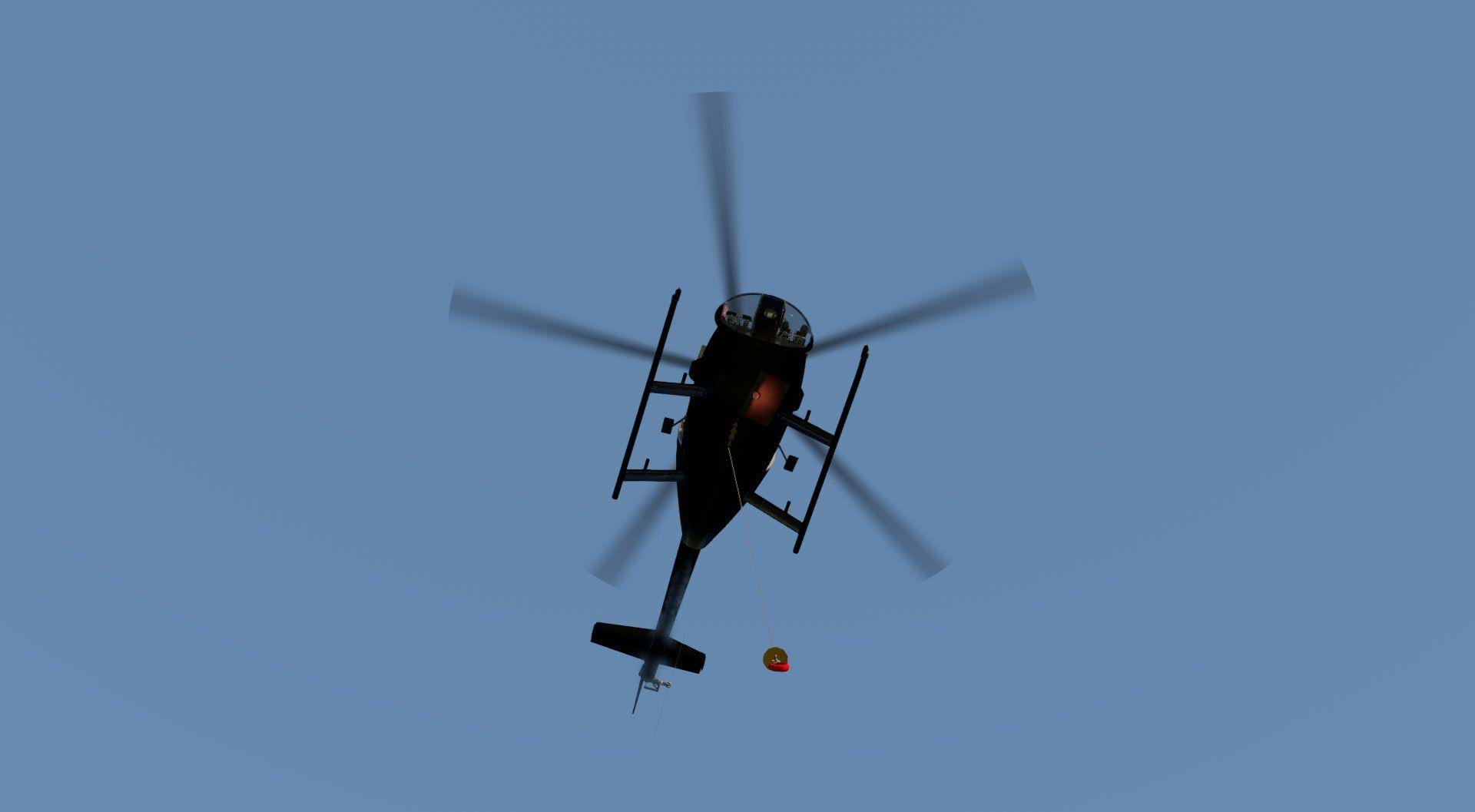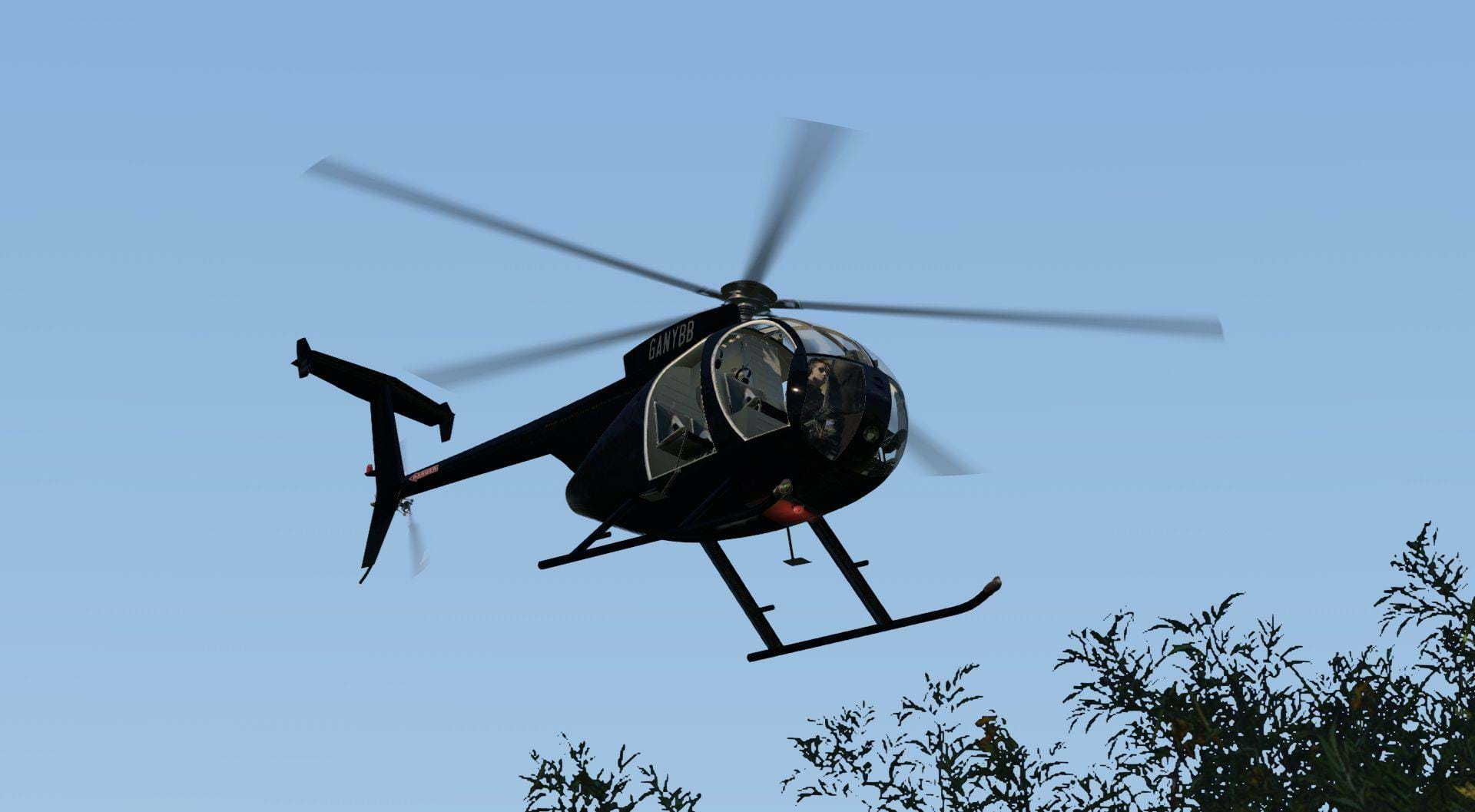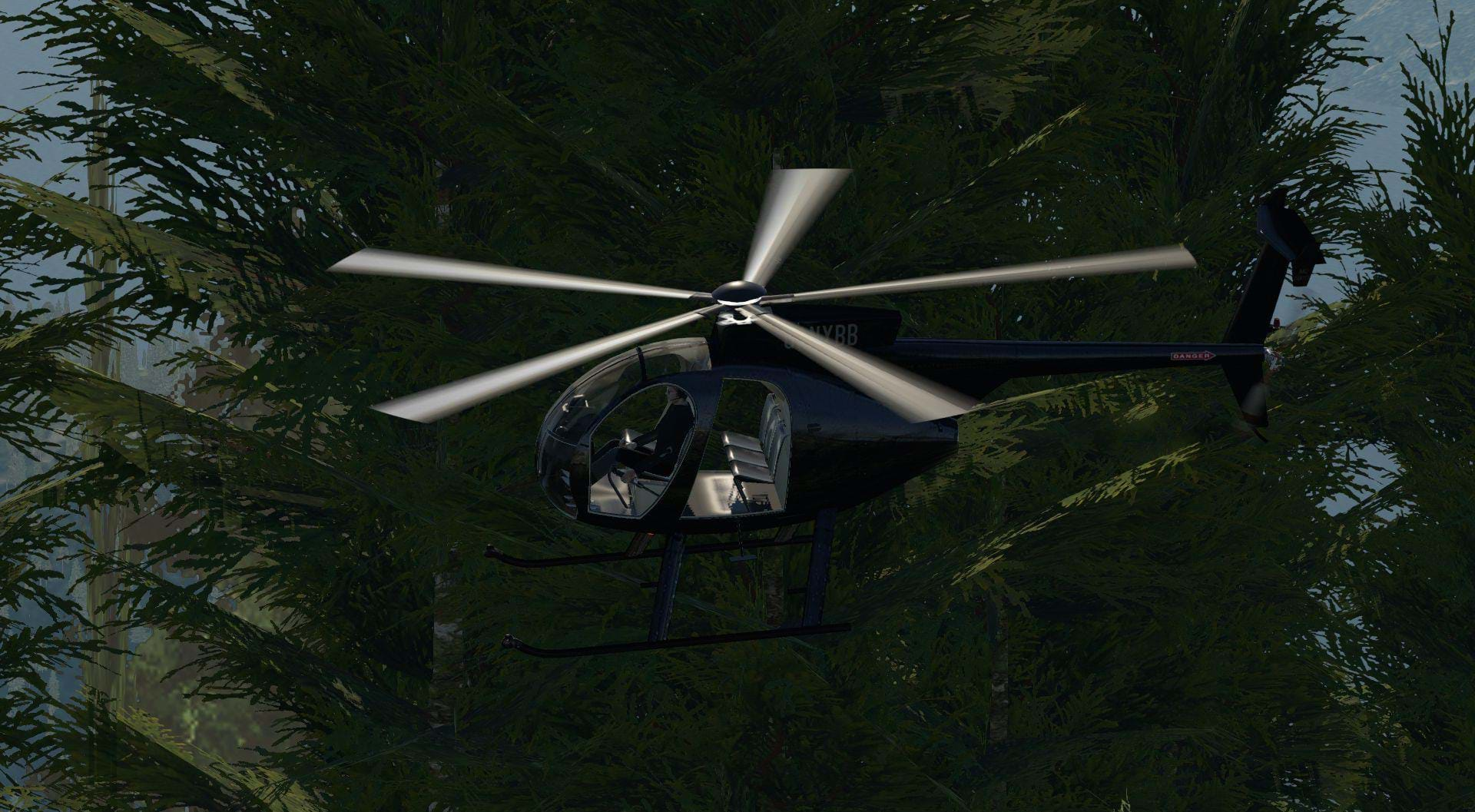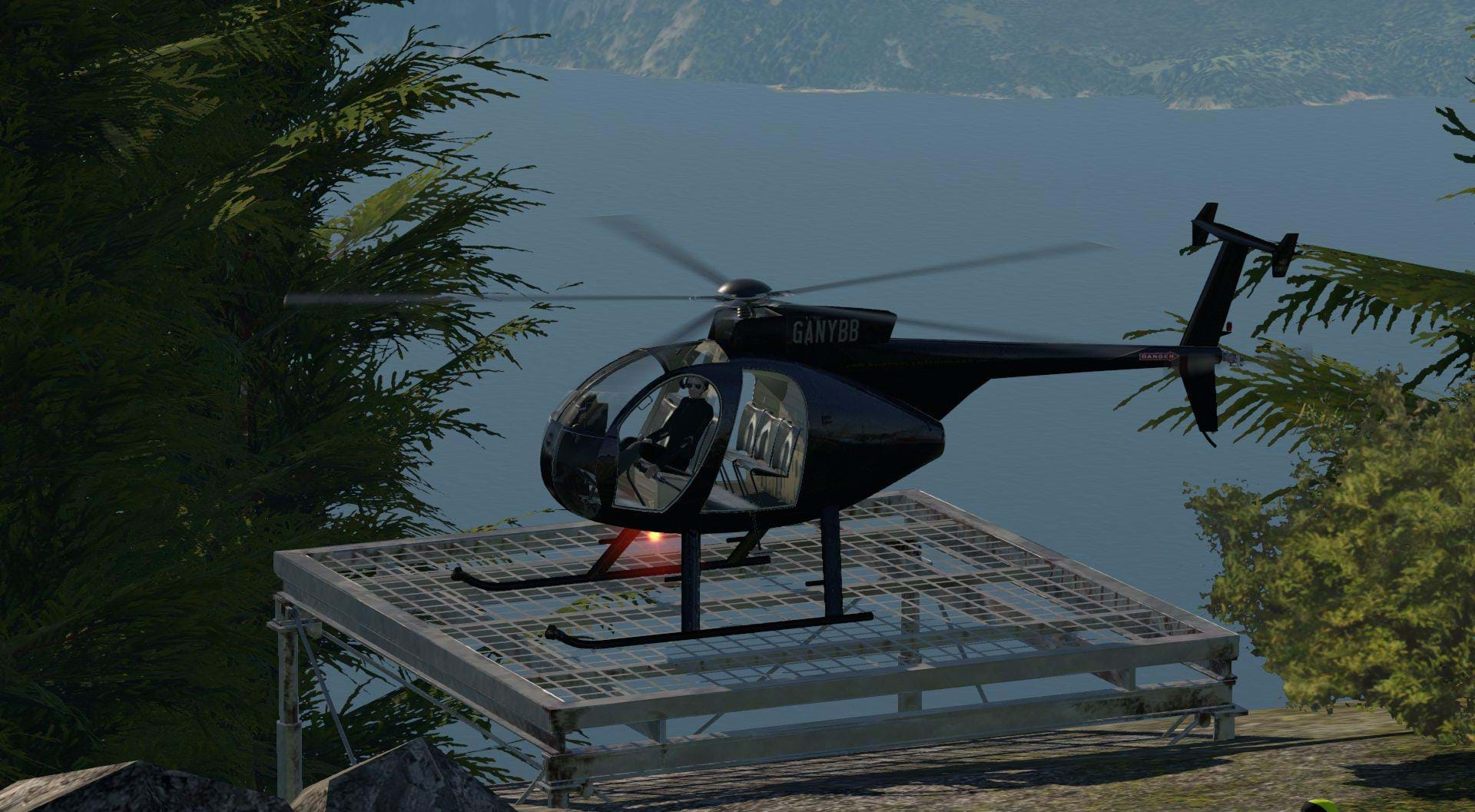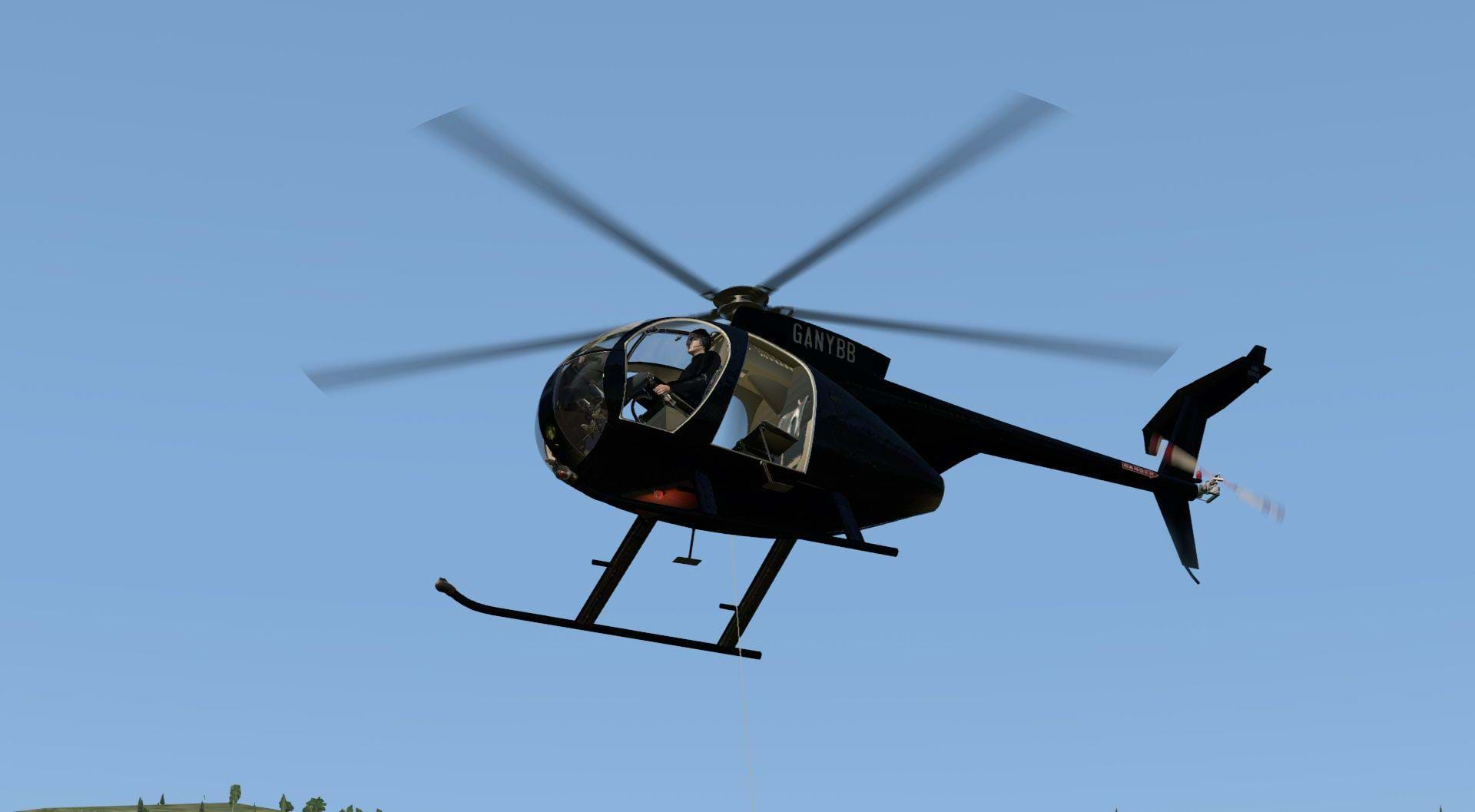Intro
The Hughes 369, It has gone by a few names since it emerged from the OH-6. It is also known as the Hughes 500, McDonnell Douglas 500, and MD 500, depending on who owned the type certificate when that particular serial number was produced.
But most people in the industry refer to it and its variants as simply the 500. Hughes gave the world the 500D in 1976, and we have been in love ever since. The 500 holds a special place for me for many reasons. As a kid, the 500 and its variants were just as popular on American TV and movies as the Jetranger. Blue Thunder, Airwolf, the A-Team and other TV shows all featured 500’s (most of the time it was the same one, N58248!).
Several of the local police and Sheriff’s Departments operated 500’s where I grew up, so they were a constant presence overhead. The 500 is also significant to me because it was the first turbine powered helicopter, I got checked out in. It wasn’t the first turbine I flew, but it was the first turbine I got comfortable with, and logged PIC time in.
There have been a few 500’s for flight simulator over the years. The model we are going to talk about today hit the scene in X-plane quite a few years ago, somewhere around 2006. I found out about this model sometime later which prompted me to take another look at X-plane, specifically so that I could try it. The model was amazing, it really was! It was the most complex model I had ever seen for a flight simulator, but that came at a cost of performance (more on that later).
I rediscovered BrettS’ 500 after a computer upgrade, and a by chance purchase of the disk version X-plane 10 regional I found on sale at a local office supply store.
The X-plane 10 conversion of this model took a lot of effort to get working I think because of the switch to 64bit or some other computer geek gibberish that I don’t understand. Tweaks in plane-maker to the model to make things transparent, the gizmo plug-in and hard to find unsupported replacement scripts were all needed just to see through the cockpit glass, and to get the blades to turn. Assuming you got through all of that some weird artifacts still remained.
There were weird shapes around the skids, transparent fuselage parts from the cockpit, and a mysterious floating airfoil floating above the aircraft.
These were undesirable, but it was something you could live with if you wanted to have a 500 in X-plane. Now, Brett Sumpter and a new team of developers have taken this model and given it new life in a post X-plane 11.30 world.
Installation
Like all X-plane aircraft, Installation is very easy. After the initial download, it’s just a matter of placing the unzipped folder into your X-plane 11 aircraft directory.
Hello old friend!
OK, let me put this out there right now. I am extremely thankful for this freeware model. I’m not super critical of freeware in my reviews, because freeware is a gift to the community.
Freeware developers put a lot of their time, effort and sometimes money into creating these models, all without asking for anything in return. So the critiques that follow are not in anyway a meant to be ungrateful or nitpicky. This model is incredible for freeware, and even stands up to some payware models I’ve purchased recently.
When this model was first released, it was the pinnacle of what could be done in X-plane. It was so complex, that most systems could not use it without a huge FPS hit. The computer I was using at the time came right off of the self from Best Buy, and was by no means a gaming computer so it struggled with the polygon count.
Fast forward to 2019, this 3D model has aged, but it has aged extremely well! It also costs 100% less than anything in the X-plane store!
One of the biggest improvements for this model that you’ll notice right away is the use of PBR textures for the whole thing! This is a big upgrade for those who like to do liveries for helicopters, and also helps bring the model into the present.
The default livery doesn’t benefit much, but livery artists in the community are already making great looking re-paints and taking full advantage of the new PBR capability.
The new doors option is another great feature.
In the original version, you had to use a separate obj. file to get the doors off, and only the front doors were removable. Now you can remove all of the doors and do it with nothing more than a key press (whichever key you have wheel brakes bound to).
Removing the front doors by themselves is still an option according to the readme file. The command is bound to slider 7. I don’t know about you, but I don’t have a slider 7 on any of my flight controls, so I’m not sure how to use this, even though I would really like to. If there were ever an update to this release, I would love to have the front door only option bound to another command like toe brakes or cowl flaps.
When this model was first released, detailed rotor systems were rare, detailed rotor systems with moving parts were even more rare. The 3D modeling is a bit dated, but still holds up pretty well in the modern day.
The cockpit of the original model used photos as the base of its textures, which made it great for its day. Photo textures have somewhat fallen out of favor in this day and age, but these still look pretty good. What it lacks in high resolution it makes up for in recreating the feel of being in an older 500D.
In VR, this cockpit feels right at home. To me this has more accurate proportions than the Milviz MD530 for FSX. The 500 is not a big helicopter, and when wearing a helmet, it’s not uncommon for your head to bounce against the door or door frame from time to time.
When flying this model in VR, muscle memory kicked in and I instinctively lowered my head prior to leaning out of the open door to look at a sling load or to check the heels of my skids when landing on a small pad. I actually laughed at myself after I realized I was doing it.
For me, the only thing that is out of place is the fold out GPS/Nav panel attached to the pilot’s side of the instrument console. I didn’t care for it on the original and I’m not crazy about it on the re-release. I’ve never seen a civilian 500 with this sort of system and for me it breaks the immersion of flying a 500.
I can understand why it was included; a lot of simmers rely on GPS for navigation. Perhaps later it will grow on me, but for now I keep it in the stowed position and ignore it.
This model comes with an older Trimbal style GPS installed on the panel. It’s not a Garmin 430, but it’ll get you where you’re going if you don’t want your view obstructed by the large fold out screen.
Sounds!
Of the many improvements this re-release has are the sounds. They absolutely nailed the cockpit sounds for this model in flight.
Startup sounds pretty good, but the sounds between engine start and up to engine idle could be better, but it’s by no means a deal breaker. The external sounds are much better too. The original sounds were most a kin to a giant hair dryer. This new sound set is 500 all the way!
Systems
This model can be started cold and dark, but the procedure is simplified and there are a few departures from the normal procedure.
Not that cranking up a 500 is hard, it’s pretty simple in real life, but this simplifies it even more and adds a step not actually found in an actual 500, at least none of the 500’s that I’ve flown. Like I said earlier, not many are exactly alike, but I think these differences may be more of a function of the limitations of X-plane without the use of a bunch of specialized plug-ins.
The biggest departure from the regular start up for this model is the use of the Fuel shut-off valve vs. the throttle twist grip to introduce fuel during engine start. The fuel shut-off valve is pushed in during the pre-engine start checklist, and not part of the actual engine start procedure.
The other departure is the governor switch on the collective. The governor on the helicopters I flew kicked in on their own. After the engine is started, generator and avionics switched on, the throttle is opened all the way and the governor took over automatically. This is a little weird, but something that was probably a compromise in order to bring this model to X-plane. That being said, you still have to beep the rotor and N2 up to 102% which is realistic. The developers are aware of this, and explain it in the readme file:
This aircraft uses default X-plane systems modeling so there are a few compromises - I've set it up to automatically turn on fuel during the startup sequence once you've got enough N1 since there is no idle stop modeled.
You still get the satisfying sound of a 250-C20B cranking up when you press the starter, so I’m not complaining too much.
One thing that really stood out to me in cruse flight was having to keep a closer eye on my torque than on my TOT.
If you are used to flying Jetrangers, or virtually any other helicopter for that matter, torque is your primary gauge for monitoring your engine limits. The 500, at least the D and E models, are usually TOT limited, meaning that you will reach a temperature limit before a torque limit in most cases.
The TOT on this simulator model seems to be very happy just under 700° C, and stays close to that range no matter what you do with the collective. The torque behaves more like it would in a Jetranger or 407. That being said, the torque does respond appropriately to pedal input. For example, if you were to stomp on the left pedal at a hover, you would see the torque temporarily spike due to the engine compensating for the sudden increased drag on the drive train.
Some of the things that impressed me about this model are the gauge readings. The TOT rises just like it would on an actual 500 start up, shooting right past the green and yellow range and then stabilizes. Also, you can see a drop-in amp when you turn on things like the landing light, or the position lights.
Flight Dynamics
I know what you’re going to ask, and no, it doesn’t fly like the real thing. No simulator version of a 500 I’ve ever tried does, and that’s OK.
The 500 series of helicopters is really hard to replicate on a home simulator. One of the biggest challenges is the force trim system. Anyone who’s flown a 500 will tell you that trimming the cyclic is a big part of the experience. The 500 does not have hydraulics, so in order to reduce pilot workload, it has a spring tension style motorized force trim on the cyclic.
To emulate this, I increased the friction on my Pro-Flight trainer Puma to better simulate the control forces I would expect on a 500. Even then, it falls short because I’m still unable to mechanically trim the cyclic. This isn’t something you can do with flight modeling, and without some really expensive or elaborate hardware, you’re not likely to capture the “feel” of a 500 in any home-based simulator.
Another difference between an actual 500 and this model is that it’s really light on torque effect.
When it’s light on weight you don’t need a lot of or even any left pedal to keep the nose straight when lifting to a hover. An actual 500 needs a noticeable amount of left pedal at a hover. In this simulator model in some cases, you’ll actually need right pedal, which is unusual for a 500.
This model also tends to float a bit when the collective is in the full down position. Those would be really big complaints for a payware model, and rightfully so, but you know what? My 407 and AS350 are sitting in my virtual hangar, presumably leaking oil, and collecting dust because I am having so much fun flying this!
This model is intended to be flown with X-plane 11’s experimental flight model option enabled. Adding about 500lbs to the aircraft in the payload section to helps make the pedal input more realistic, and it also helps with the floating when the collective goes down.
My favorite thing about the way this model handles is that it does what no other attempt at a simulated 500 has achieved. It’s brought the stability of the 500, without compromising its agility and responsiveness. That is a hard balancing act for a flight simulator to pull off. This makes it a very fun and exciting model to zip around in.
It’s right at home in any of the PropStrike Studios scenery where you can take advantage of its small size and great visibility to get in and out of tight spaces. Doing external load work with it is an absolute dream, It’s already my favorite sim model for long line work.

